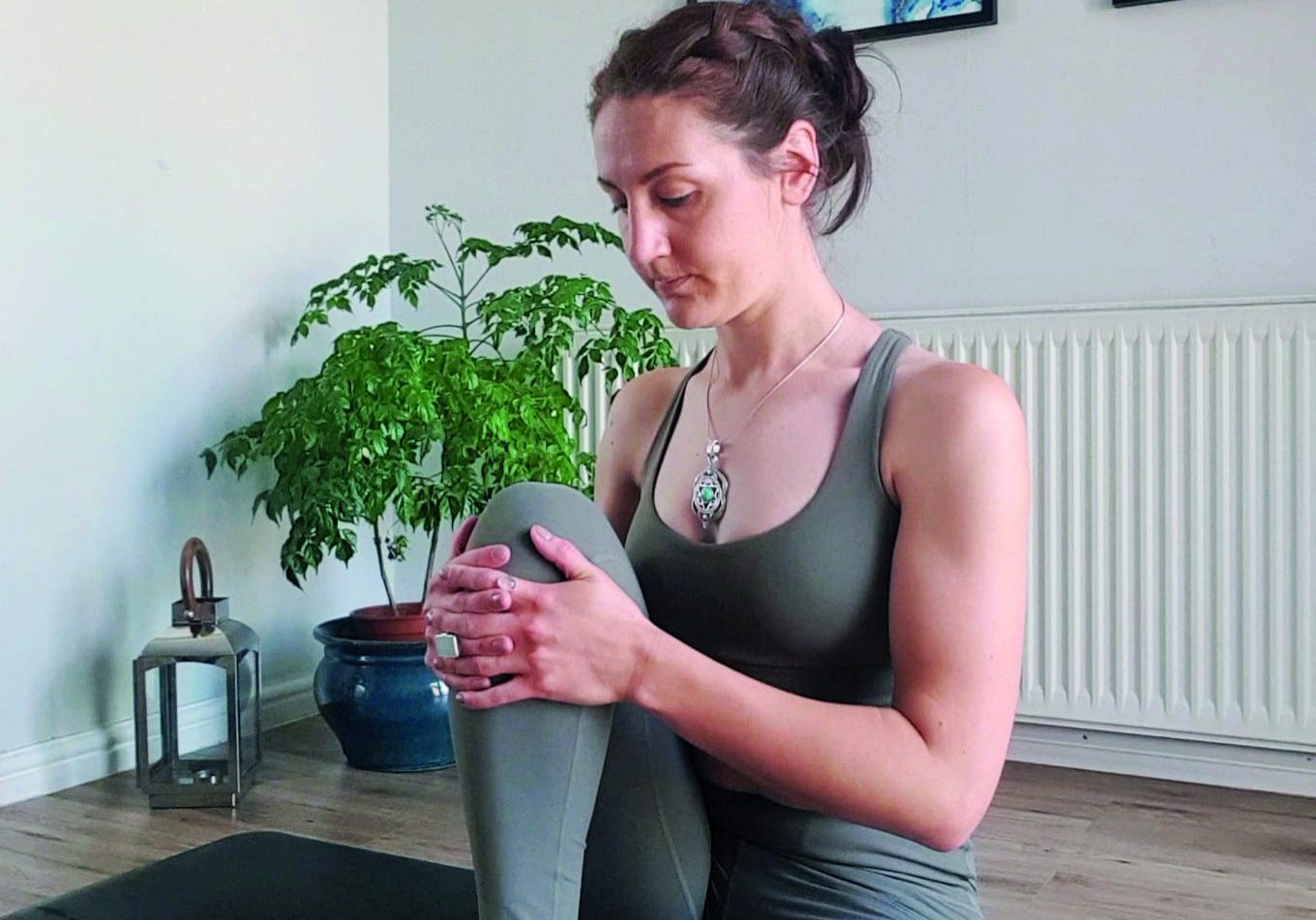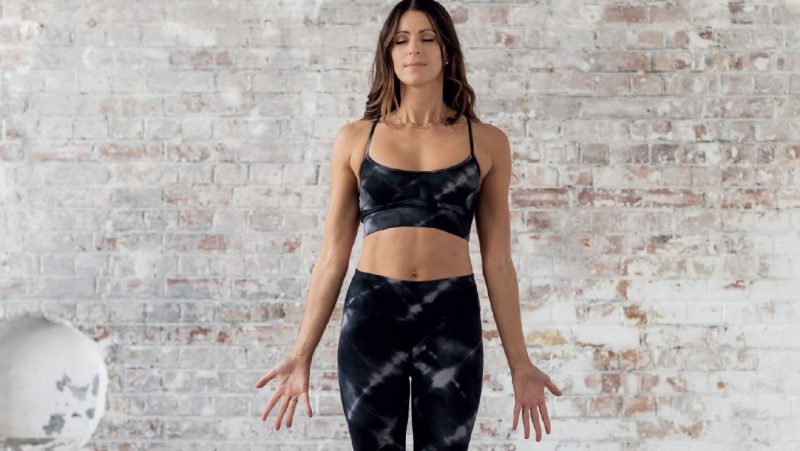
We all stand together
Simple tips and ideas on how we can all make a difference to the world in our day-to-day lives. By Katie Winder
As yogis, we are pretty familiar with allowing ourselves the space to practice Svadhyaya, the study of the self and Ahimsa, non-harm.
So, when it comes to doing our bit to save the planet, we're already equipped with some guidance from Patanjali's Yamas and Niyamas. Bringing these practices off the mat and applying them towards our choices and actions is where we can really narrow down in becoming more aware of our behaviours and their secondary impacts on the planet.
But where do we start? We want to save it all and frankly it can be really overwhelming when each cause has its own squeaky wheel to keep attending to. It sounds ideal to pack up, live off the land, off-grid with a slow-paced life, but the reality is it's a dream that many of us feel is way out of reach and doesn't cover the millions of households already here wondering what they can do. But that doesn't mean we're at a loss. There are lots of ways in which we can do our bit to help make changes, one step at a time.
I'd always recommend finding your baseline first through the practice of self-study to find where you currently sit when it comes to your own sustainability. Once we know where our starting point is we can learn to challenge our behaviours and make small changes that truly last and do no harm.
Track
Tracking what your habits are is a great way to find where you currently sit and allows insight into your own behaviours. This can help to see if our moods or external sources have an effect on our decision making when it comes to purchases or to see how much we consume of a particular item or food group. It'll help to highlight high-traffic areas that could be reduced; think fuel consumption, meat and dairy intake or the purchasing of items we don't need.
I would always recommend tracking your mood and monthly cycles too, they play a huge part in our decision processes. If tracking habits is new to you, I'd start small with no more than six trackers. Choose a regular time in the day to tick off your daily trackers; I find just before bed is the perfect time.
Assess
Once we've taken stock, review the data you've collected on your habits. What habits or connections are highlighted?
Maybe you notice a connection between moods and an increase in spending or a high consumption of a particular product each day. By doing so, we're allowing ourselves to become aware of the habits we have formed, our usage and what areas to tackle first.
Plan
So now you've become more aware of a particular habit, what next? Now we plan what we can do differently.
Take the most prominent habit or item. Explore the reason for the habit or consumption. For example, let's say you find a connection between a particular mood and purchasing items you didn’t need.
Ask what you could do next time you have the same feeling. Instead of purchasing items you don't need, you could try changing this to an activity like yoga, or another form of self-care. You might even plan to ask, 'what do I need right now?' Next time this feeling arises, notice it and try to implement your planned response or action.
We can apply the same planning to a high consuming item; maybe you notice you use a lot of fuel, so you can plan to reduce this somehow. You could dedicate one day a week to cycling to work for example and then start adding this as a tracker. Some areas will be easy switches which mean less tracking, such as a simple swap like chemical and packaging-free soaps instead of shower gel in plastic packaging.
Keep up with the original tracking as you go as this will help to see if the plan is working.
Review
After a few months, review your tracking again. Has your plan worked?
If there's a reduction in occurrences, continue to put your new behaviours in place and move on to the next habit or item. You can also gradually increase your plan to reduce even further; before long it’ll become second nature and you can gradually begin to shift towards a more sustainable lifestyle.
If your consumption or behaviour has increased or shown no change, head back to the planning stage and review a different plan.
Simple swaps
Some items can be easily switched out without tracking by thinking about what we bring into our home and how it leaves. These are usually everyday items in high waste stream areas such as kitchens, bathrooms and energy.
The key to these simple switches is to use up what you have already, repurpose and simplify or review before replacing them.
For each area, assess what comes in and what goes out. For example, toiletries and water waste for the bathroom. What we want to do is ensure that what comes in is able to go out the waste stream with as little impact as possible. This would look like low or zero packaging toiletries like refills that are chemical-free for the waterways.

Future purchasing
Anything you do need to replace or buy new, consider looking to upcycle, repurpose or acquire second hand before purchasing new. If that's not available, make sure the company you do buy new from takes the same approach in its supply chains and products. Your money is your voice here, so spend it where your values lie.
Get involved
If you’re looking to make even bigger impacts, get involved in charities that are working hard to make legislative changes, like Friends of the Earth. Consider talking to your employers about environmental policies in the workplace and reviewing their packaging streams and usages in the same way. Many companies, big or small, want to do their bit and an environmental accreditation can really help to keep them accountable and active in making changes. There are also schemes for companies to undertake research and development projects so there's huge incentive to bring up ideas in the workplace.
Final thought
Be kind on yourself. It's impossible to do it all and it won't happen overnight. The small, carefully considered changes are often the ones that stick and ultimately are the ones that will make the bigger impacts in the long run.
Katie Winder is a UK-based Vinyasa, Restorative and Yin Yoga teacher who is passionate about creating a space where you can self-regulate your own wellbeing and bringing the power of self-exploration through her practices. She’s also an eco enthusiast and continues to work towards a sustainable lifestyle one step at a time. Discover more yoga and journal practices through her online membership journey, Growth & Gratitude at: katiewinderyoga.com





